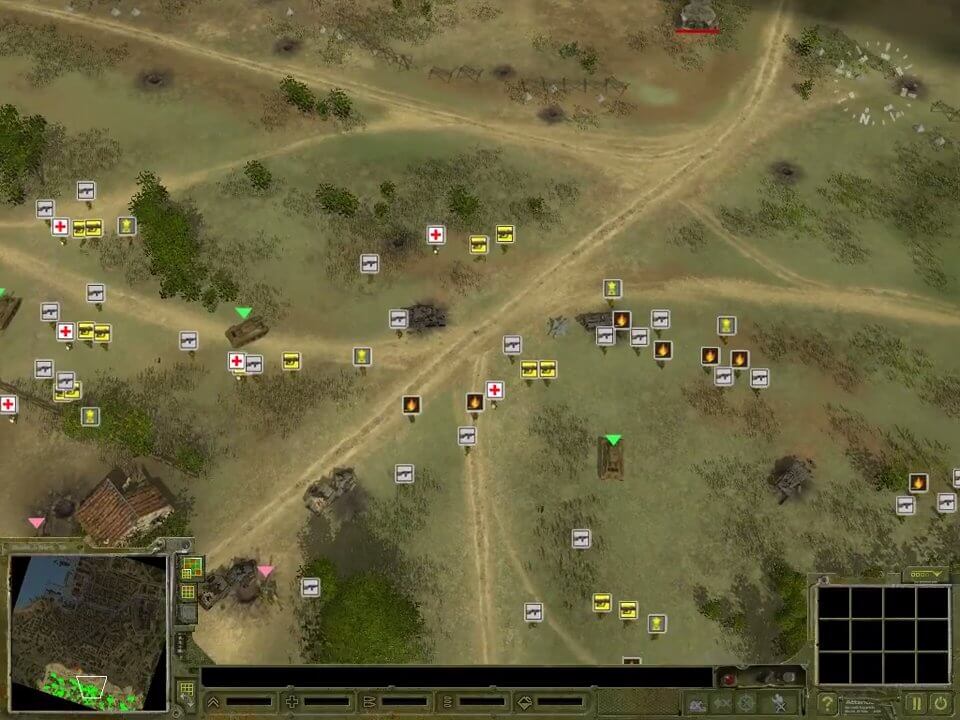

Police fire tear gas in an unsuccessful bid to force the protesters back.

January 26: Farmers overwhelm police and storm into New Delhi’s historic Red Fort complex after tearing down barricades and driving tractors through roadblocks. January 12, 2021: India’s Supreme Court orders an indefinite stay on the implementation of the new agricultural laws, saying it wanted to protect farmers and would hear their objections. Farmers stand next to a fire as they warm themselves on a cold winter morning at the site of a protest against new farm laws, at Singhu border near New Delhi

More than 30 protesters camping out in the open on key national highways have died, mainly due to the cold with temperatures falling to 4 degrees Celsius (39 degrees Fahrenheit), farmer leaders said. Protests take place over a few days in nearly 50 different cities around the world.ĭecember 21: Farmers’ leaders begin a 24-hour relay hunger strike. Police arrest 13 over breaches of COVID-19 regulations.ĭecember 8: Protests spread across India, as farm organisations call for a nationwide strike after inconclusive talks with the government.ĭecember 16: A 65-year-old Sikh priest commits suicide at one of the protest sites.ĭecember 17: The protests expand to the Sikh diaspora, with 250 to 300 Sikhs and other Indians taking part in a rally in Melbourne. In response, India’s foreign ministry said Canadian leaders were “ill-informed”.ĭecember 7: Thousands stage protests and block traffic, converge on the Indian embassy and march around the Trafalgar Square area in central London over the Indian reforms. November 30: Modi resists calls to repeal the laws, dismissing as misplaced fears the government will eventually abolish the wholesale markets.ĭecember 1: In talks lasting several hours, ministers and representatives of the protesting farmers fail to break a deadlock over the farm laws.Ĭanadian Prime Minister Justin Trudeau speaks of the protests in a video message, saying his government had reached out to Indian authorities. Bigger demonstrations are held across the country the next day, with growers blocking highways leading to the capital New Delhi with trucks, tractors and combine harvesters. September 24: Farmers from some of India’s big northern heartland states – key producers of wheat and rice – block railway tracks. September 20: Parliament passes the bills, despite growing protests from opposition parties, who say farmers’ bargaining power will be diminished. September 18: Modi defends the new legislation, saying it will “unshackle” millions of farmers and help them get better prices. Food Processing Minister Harsimrat Kaur Badal resigns, calling the legislation “anti-farmer”. September 17: India’s lower house of Parliament passes the orders. June 2020: Three emergency executive orders are introduced, which Modi’s cabinet says are aimed at giving farmers the freedom to sell directly to institutional buyers such as big trading houses, large retailers and food processors. Here is a timeline of events around the passing of the laws and the escalating protests: The sudden concession comes ahead of elections early next year in Uttar Pradesh, India’s most populous state, and two other northern states with large rural populations. In a significant climbdown, Modi on Friday announced he would repeal the controversial laws. Farmers in India have protested for more than a year against laws passed by Prime Minister Narendra Modi to allow farmers to sell produce directly to bulk buyers and make contract farming easier.


 0 kommentar(er)
0 kommentar(er)
